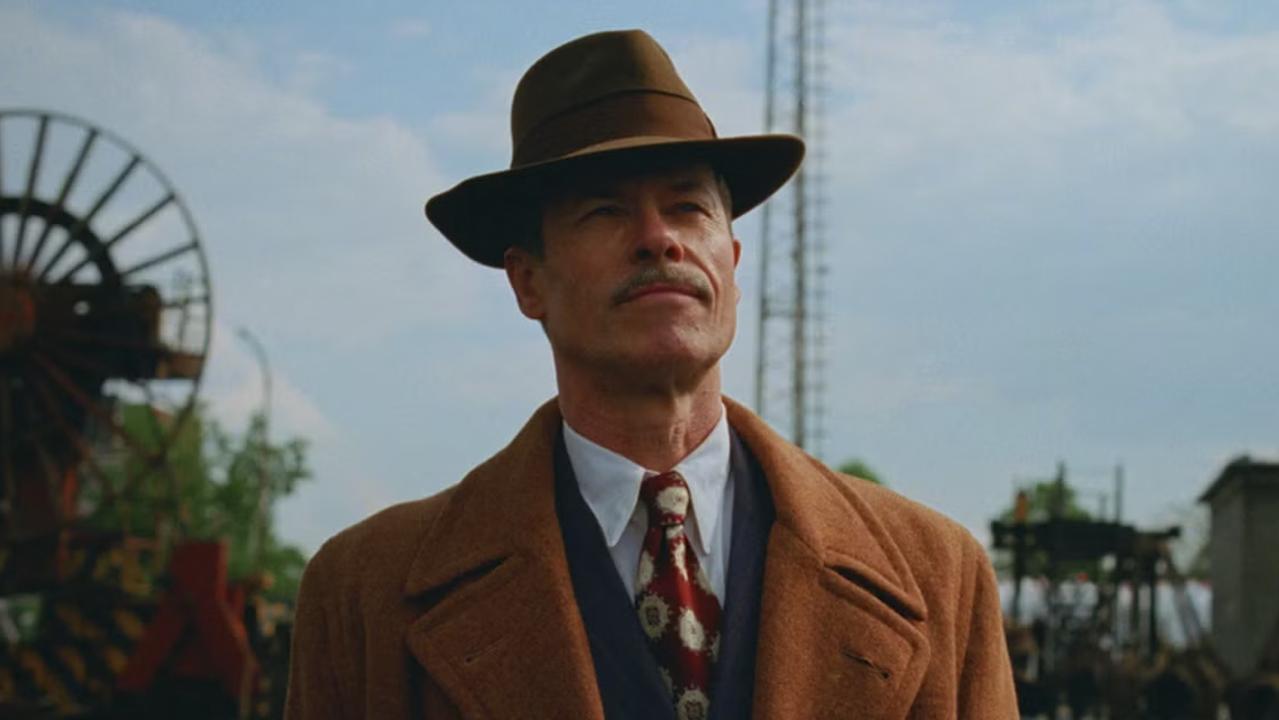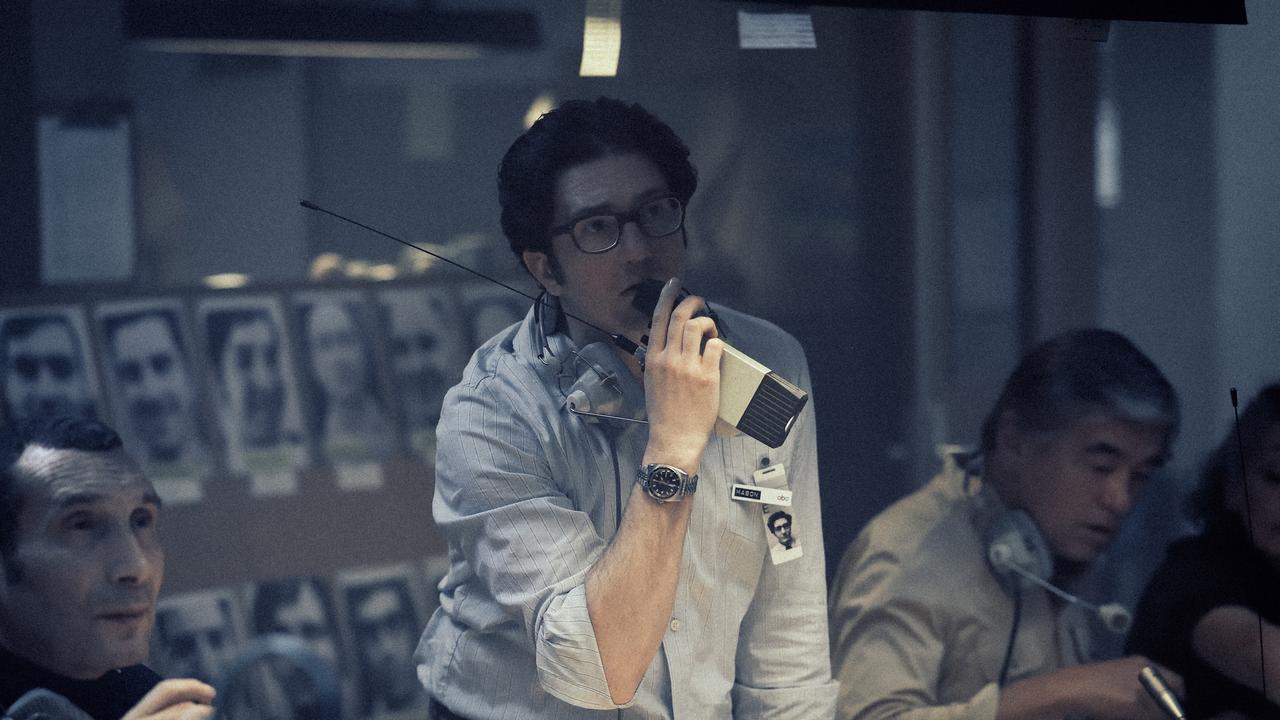Iris Apfel: a star on the catwalk of life
Nonagenarian Iris Apfel has been embraced by the fashion industry.

Iris Apfel is a fashion legend, though not of the fashion industry.
The 93-year-old New Yorker has been embraced by it and become known as the “rare bird of fashion” for her individual style.
But the subject of Albert Maysles’s penultimate documentary before his death this year, Iris, says, “I have nothing to do with the fashion industry. I’ve never been in it.” Fashion has embraced her je ne sais quoi and she admits “that’s nice”. “They’ve been very kind to me.”
Apfel still seems slightly incredulous about her late-life fame. She came to professional prominence in the 1950s as a rag- trader of sorts, when she and her husband, Carl, now 101-year-old, established their textile company, Old World Weavers, which became so revered it was commissioned to restore sections of the White House by nine presidents up to Bill Clinton.
Her real fame came later, though, as her immense collection of couture, accessories and oddities, and her stylish wearing of them, matched with her huge, black round spectacles, became a prominent part of New York social life.
That led to the New York Costume Institute staging an exhibition of her style and collection in 2005 at the Metropolitan Museum of Art, entitled Rara Avis (Rare Bird): The Irreverent Iris Apfel. The exhibition’s success then led to her embrace by the fashion industry as a subject, muse and even oddity. Apfel dryly notes the late-career fame is “fun” and “flattering”.
“I should be in my dotage out in a pasture mooing away but I don’t know how to moo, so this is good. It’s certainly something I never in my wildest dreams thought would happen to me and to have so many fans just makes me so happy,” she says, having just returned from Barcelona where not only was she known, she was showered with gifts and adulation. “It’s very nice when people love you.”
The attention began with the museum’s exhibition and “started slowly and pyramided to something really lunatic”. “It’s incredible how people behave now, they mob me,” she says. “As one of my friends told me they carry on like you invented penicillin. I said if I invented penicillin they wouldn’t treat me this way. We live in such a crazy celebrity culture, it’s rather mad. But it’s very pleasant, I have to say.”
Apfel is bemused by the attention and repeatedly refused Maysles’s entreaties to be the subject of his gaze. That was something of a faux pas, considering Albert and his brother David (who died in 1988) were pioneers of the cinema verite documentary style in the US and had a long list of acclaimed works to their name, including the Grey Gardens (1976), Academy Award nominee Christo’s Valley Curtain (1974) and the 1970 film featuring the Rolling Stones, Gimme Shelter.
Apfel didn’t want to do the film because she recalls thinking: “I don’t have anything to sell and I don’t have an ego problem.”
That was until “some very important friends” sat Apfel down and told her Maysles was an important filmmaker and people would kill just to have him take a still photograph of them. She subsequently met the filmmaker and his team in Harlem and fell in love, a love that is obvious in a very loose film in which the subject talks to the observer, and Maysles clearly sees something of himself in the plain-talking individual.
“I don’t know why Maysles decided to do it,” Apfel says. ”I don’t think he saw me as a fashion icon, he just saw me as a person of interest, I guess. Fashion and getting dressed is certainly not my life. I do all sorts of things, as you can see in the film, and many of which weren’t included in the film. Getting dressed is just something I think is great fun (but) I don’t have much time to do it now and I don’t live to get dressed.”
These days she puts on a pair of jeans and a shirt when she wakes and gets dressed up only “for state occasions or when I have to go out”.
“There are so many other things to do in the world and spending all your time obsessing about clothes is a bit vacuous, I would think,” she says.
Her relationship with fashion, as shown in the film, is complicated, although not to her. She happily ploughs on. She is the new face of designer Kate Spade and is co-opted as a subject for fashion shoots and a font of information and advice.
But Maysles’s camera also suggests the younger parts of the industry look on her as some batty old oddity. The joke is on them because, really, she doesn’t care and, if anything, she has incidentally wrested fashion from youth. And, as anyone with any wit will realise, she shows that style can’t be taught.
Apfel says she didn’t question Maysles’s vision for the film and had no expectations because he worked without a script or outline. He just followed his subject.
“I don’t question people’s creative process because it’s very stupid,” she says. “Really creative people just do it and they don’t know why they do it and they either make up something or someone makes it up for them. People don’t want mystery and they want an answer to everything, but some things don’t have a concrete answer. I think there’s too much analysis. People ask me, ‘Why do you like it? I don’t know why I like it. I like it, isn’t that enough?”
The subject points out in the film that fashion has become homogenised. You sense she feels she has seen and consumed the best of it.
“If I like something, I get it (but) I don’t buy so much for me any more because I have so much and what’s around is so expensive and not very well made,” Apfel says. “Like everything else, the world of fashion has gone downhill.”
And, as she observes in the film, style has become so homogenised, which you could say more broadly about culture.
“That’s true,” she says. “Fashion is part of culture. Fashion expresses culture. You can tell a lot about an era by the kind of clothes they’re wearing, and the culture is certainly having a great dumbing down, I think.”
She chides the prevalence of black in downtown New York, for instance. “In New York you can tell a person’s zipcode by what they’re wearing,” she says.
Not that Apfel could ever be stereotyped as anything other than one of a kind. The lack of individuality elsewhere saddens her slightly.
“And people seem to revel in it,” she says. “They say they don’t but they do. It’s almost living a lie.”


